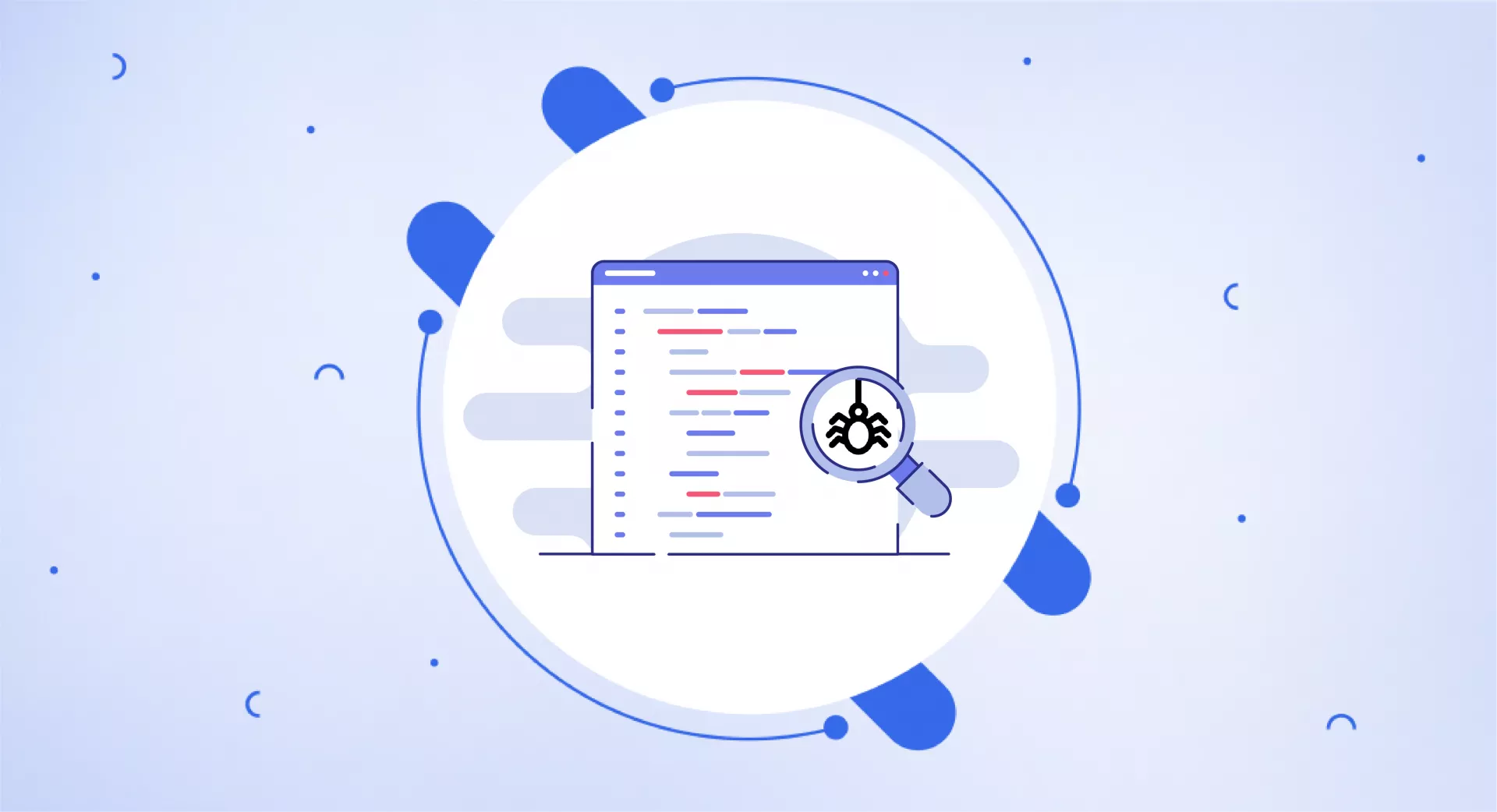What is Crawlability?
Crawlability refers to how effectively search engine bots can find, access, and examine a website or its pages. During this process, bots assess whether the content provides value to users.
Strong crawlability is essential for SEO success. When search bots can efficiently access your key pages, those pages stand a better chance of appearing prominently in search engine results.
What’s the difference between crawlability and indexability?
Crawlability and indexability are both crucial for SEO, yet they describe different functions of how search engines interact with your site.
When search engine crawlers can navigate a website with ease, its content has a higher likelihood of being added to the index. Proper indexing enhances visibility and drives more search traffic.
Indexability specifically means that the search engine has stored those crawled pages in its database.
The search engine evaluates whether a page it has crawled contains relevant and useful content for users. If the content meets quality standards, the page is indexed; if not, it may be skipped.
Why is crawlability important?
Crawlability is vital because it directly influences your site's visibility in search engines and the amount of traffic it receives.
When bots visit your site, they analyze its layout and content to decide which pages to include in the index. If some pages are unreachable, they may never be indexed.
Poor crawlability can lead to lower search rankings and less exposure. This means fewer users discovering your content via search.
On the other hand, strong crawlability improves indexing rates and search rankings—leading to a steady increase in organic traffic over time.
What affects a website’s crawlability?
Several elements can influence how easily bots can crawl your site, such as:
Site architecture
The layout and organization of your website impact how effectively crawlers can navigate it. A clearly structured site with a logical hierarchy makes it easier for bots to move through pages.
Each page should be connected internally through functional links. This type of clean structure supports better crawlability.
Page discoverability
Search engines rely on links to find and explore content. Pages lacking internal links or external backlinks may remain hidden from crawlers.
If pages are not easily discoverable, they risk being ignored by bots, which weakens overall crawlability.
Nofollow links
Links marked with the rel="nofollow" attribute tell bots not to follow them during crawling.
This can limit crawlability—especially if critical pages are only accessible through nofollow links, preventing those pages from being indexed.
Robots.txt file
The robots.txt file, located in a website’s root directory, provides specific instructions to crawlers about which areas they can or cannot access.
If certain pages or sections are blocked in this file, it can restrict crawlers from indexing important content.
Access Restrictions
Login prompts, CAPTCHAs, or IP blocks can stop crawlers from accessing pages.
To maintain good crawlability, it’s essential that bots can reach all public pages without being obstructed.
How to find crawlability issues on your website?
Website owners can detect crawl-related issues using several helpful methods, including:
Google Search Console
This free tool from Google lets site owners track their site’s performance in search results.
The “Coverage” report within the console highlights crawling and indexing issues that may be hurting your site’s SEO.
Crawling tools
Various SEO tools are available to scan websites for technical problems that may affect crawlability.
Popular options include Screaming Frog, Ahrefs Site Audit, SEMrush Site Audit, and Netpeak Spider.
Site architecture analysis
Reviewing a website’s internal structure and linking can uncover problems like orphaned pages or broken links.
Visual mapping tools like Slickplan or Draw.io can assist in identifying flaws in site architecture.
Content analysis
Evaluating the quality of your content can reveal crawlability issues such as duplicate pages, thin content, or keyword stuffing. Tools like Siteliner and Copyscape help detect duplicate or low-quality content.
How to make a website easier to crawl?
Improving crawlability and ensuring that search engines can index your content is a vital part of SEO. Here are key steps to enhance it:
Submit a sitemap: Sharing your sitemap with Google and other search engines ensures they can locate and crawl all important pages.
Enhance site architecture: A well-organized structure with clear menus and logical hierarchy allows crawlers to navigate easily.
Use internal links: Strategically placed internal links help crawlers find all relevant pages throughout your site.
Track crawl errors: Regular checks for crawl errors enable quick fixes to issues that may block bots from accessing pages.
Can a webpage be indexed in Google without crawling?
No—Google cannot index a webpage without first crawling it. Crawling is a required step before a page appears in Google’s search results.
However, in rare instances, Google may list a page’s URL in search results without crawling it.
In such cases, Google uses the page's URL and anchor text from external links to get a basic idea of what it’s about. However, no description will be displayed in the search snippet.
If a page is blocked by robots.txt, Google won’t crawl or index its content—but it may still include the URL in results if it’s linked elsewhere online. Anchor text and link context may also appear.
The bottom line
Googlebot scans websites to find and index the most relevant content. To ensure your best pages are discoverable, it's essential to optimize crawlability.
When bots can efficiently reach your valuable pages, those pages have a better chance of being indexed and appearing in search results.


